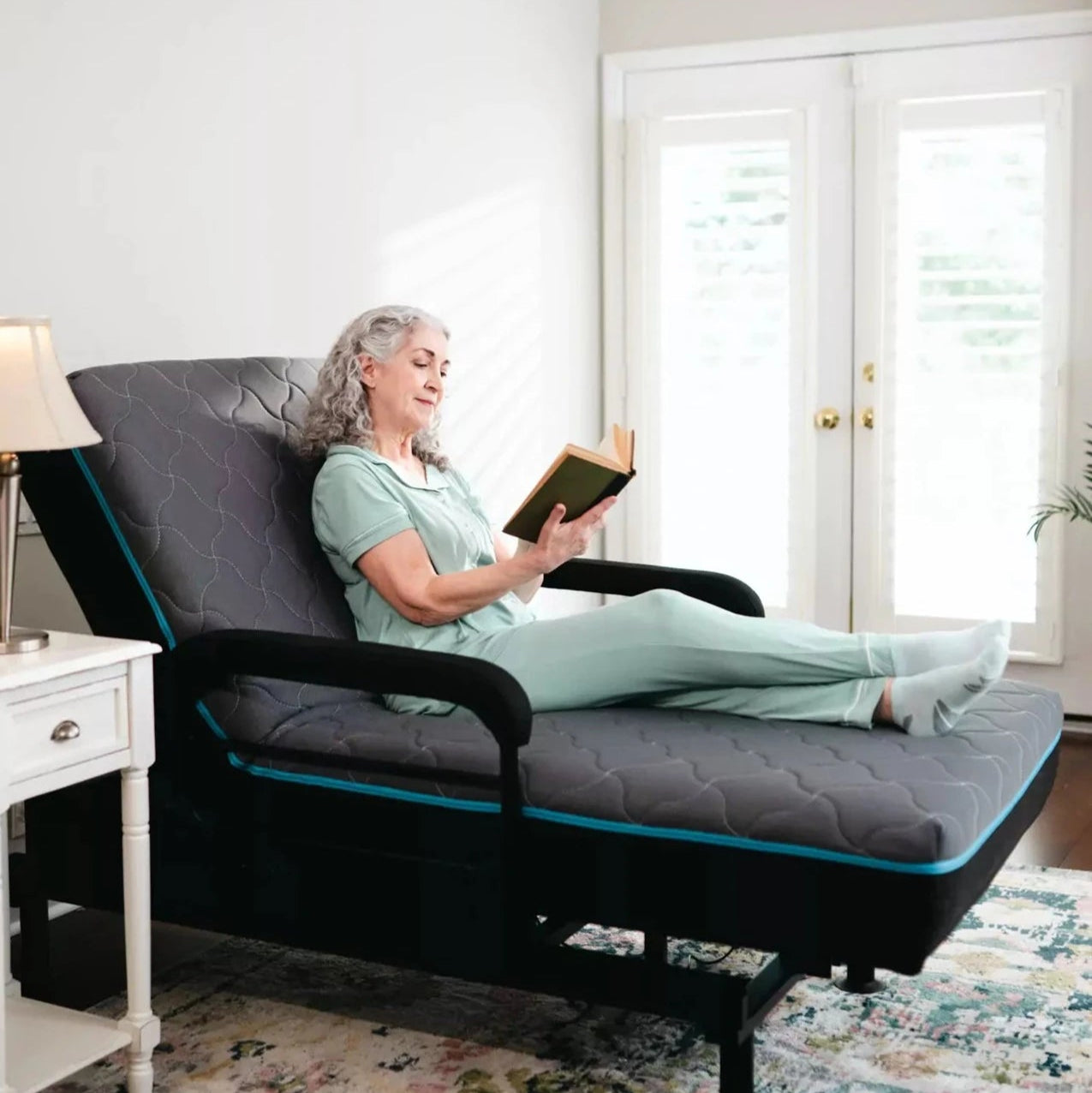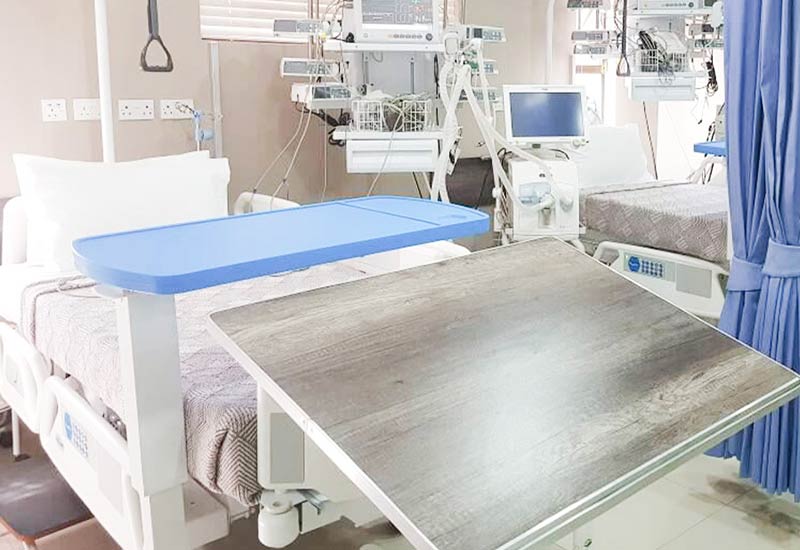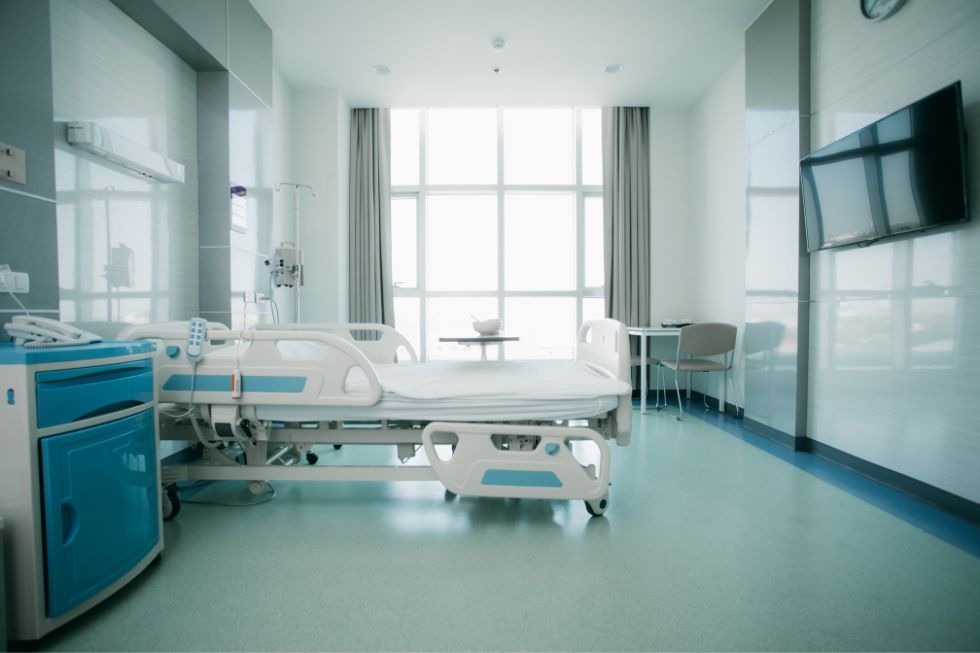The Hospital Beds For Home Use Ideas
Table of Contents8 Simple Techniques For Hospital Beds For Home UseThe smart Trick of Hospital Beds For Home Use That Nobody is DiscussingHospital Beds For Home Use Things To Know Before You BuyThe 10-Second Trick For Hospital Beds For Home Use10 Easy Facts About Hospital Beds For Home Use ShownSome Of Hospital Beds For Home UseHospital Beds For Home Use Things To Know Before You Get This
There are three main types of healthcare facility beds: handbook, semi-electric, and fully-electric. These beds make use of hand cranks to adjust the bed's height and raise and decrease the head and the foot.
Semi-electric beds have an electrical motor to raise and reduce the head and foot parts of the bed. Clients and caretakers adjust the positioning by pushing switches utilizing a hand necklace. The elevation of the bed is readjusted by hand with a hand crank. Full-electric beds have an electrical motor that can increase the head and foot areas of the bed along with the entire elevation and positioning of the bed.
Hospital Beds For Home Use Things To Know Before You Buy
Some designs can additionally move right into more settings, such as the Trendelenburg (tilt) position. There are numerous kinds of health center beds, each created to fulfill certain person needs. Below are some usual kinds: This is the most usual kind of medical facility bed, developed for general clinical use. It has a guidebook or electrically flexible headrest, foot rest, and height.
Lower to the ground than a basic bed. This kind of bed is developed for larger people, with a broader frame and higher weight ability than a conventional bed.
This sort of bed is made for seriously ill people who need open monitoring and specialized clinical equipment such as ventilators and mixture pumps. This kind of bed is designed for use throughout labor and delivery, with adjustable placements and functions to sustain the mother and child during the birth procedure.
8 Easy Facts About Hospital Beds For Home Use Explained
Numerous function and the accessories carry out expanding grip to different components of the vertebra and the extremities without moving the human body. These are just a couple of instances of the sorts of medical facility beds readily available. The particular kind of bed made use of will depend on the individual's condition, medical needs, and other factors.
Below is the important things you need to know. A one-function hospital bed is a clinical bed that permits a client to relocate just the head or foot area up or down. A 2 function health center bed typically describes a kind of medical bed that has 2 adjustable functions to aid people in hospitals or care facilities.

More About Hospital Beds For Home Use
A 7-function ICU bed is a sort of clinical bed that gives several adjustable features to support seriously unwell individuals in a critical care unit (ICU) (hospital beds for home use). The 7 functions normally include: Backrest adjustment: The back-rest can be adjusted to various angles to assist the patient stay up or rest comfortably
Height adjustment: The bed can be elevated or decreased to make it easier for people to enter and out of bed, and for caregivers to supply care. Trendelenburg position: The entire bed can be tilted to advertise blood flow and flow in the body. Reverse Trendelenburg placement: The bed can likewise be slanted in the contrary instructions to promote blood flow and blood circulation in the upper body.
While even more economical check these guys out than electrical versions, these beds require physical effort for changes. The major benefits of hands-on beds are their affordability and dependability, as they don't count on electrical energy. The requirement for manual effort can be a limitation in scenarios where fast modifications are needed or where caretakers deal with physical challenges.
The 9-Minute Rule for Hospital Beds For Home Use
Semi-electric medical facility beds offer an equilibrium of handbook and electrical controls. These beds offer a suitable middle ground in between handbook and completely electric alternatives, providing ease of usage without the full price of electric models.
Semi-electric beds are fit for clients that require modest modifications to the head and click for more foot sections but can handle without frequent height adjustments. This makes them an economical option for those seeking comfort and comfort without the need for continuous repositioning. Totally electric healthcare facility beds include electric controls for smooth adjustments to the height, head, and foot areas.
Specialty healthcare facility beds, such as ICU beds, lasting treatment beds, and bariatric beds, are carefully made to attend to certain clinical requirements. These beds offer customized take care of diverse individual teams, boosting both outcomes and comfort. In the complying with sections, we will discover the major kinds of specialized hospital beds, describing their certain benefits and applications.
With years of experience in producing electrical linear actuators - hospital beds for home use and close collaboration with the healthcare industry, TiMOTION is well-positioned to offer trusted medical care remedies. Our up and down incorporated firm takes care of every action of the manufacturing process, from style to actuator assembly, ensuring we deliver outstanding value and personalized services tailored to your specific needs
Hospital Beds For Home Use Can Be Fun For Anyone

To read more about integrating these technologies right into your products, contact us today. Additional reading:.
Data is sourced from the Medicare Cost Record. Accessed January 2025. Short-term acute care health centers have the highest ordinary variety of beds at 187. They are the most typical kind of medical facility in the U.S. and comprise greater than 50% of U.S. medical facilities. Children's hospitals have 178 beds typically and VA healthcare facilities typical 175 beds.

Hospital Beds For Home Use - The Facts
A healthcare facility bed is a bed designed particularly for medical objectives. It is not only a location for people to relax, but likewise a system for clinical operations. Unlike average home beds, healthcare facility beds generally have adjustable features, which can facilitate medical personnel to make numerous changes according to the demands of patients, such as altering the height, disposition, and assistance angle of the back and legs of the bed.